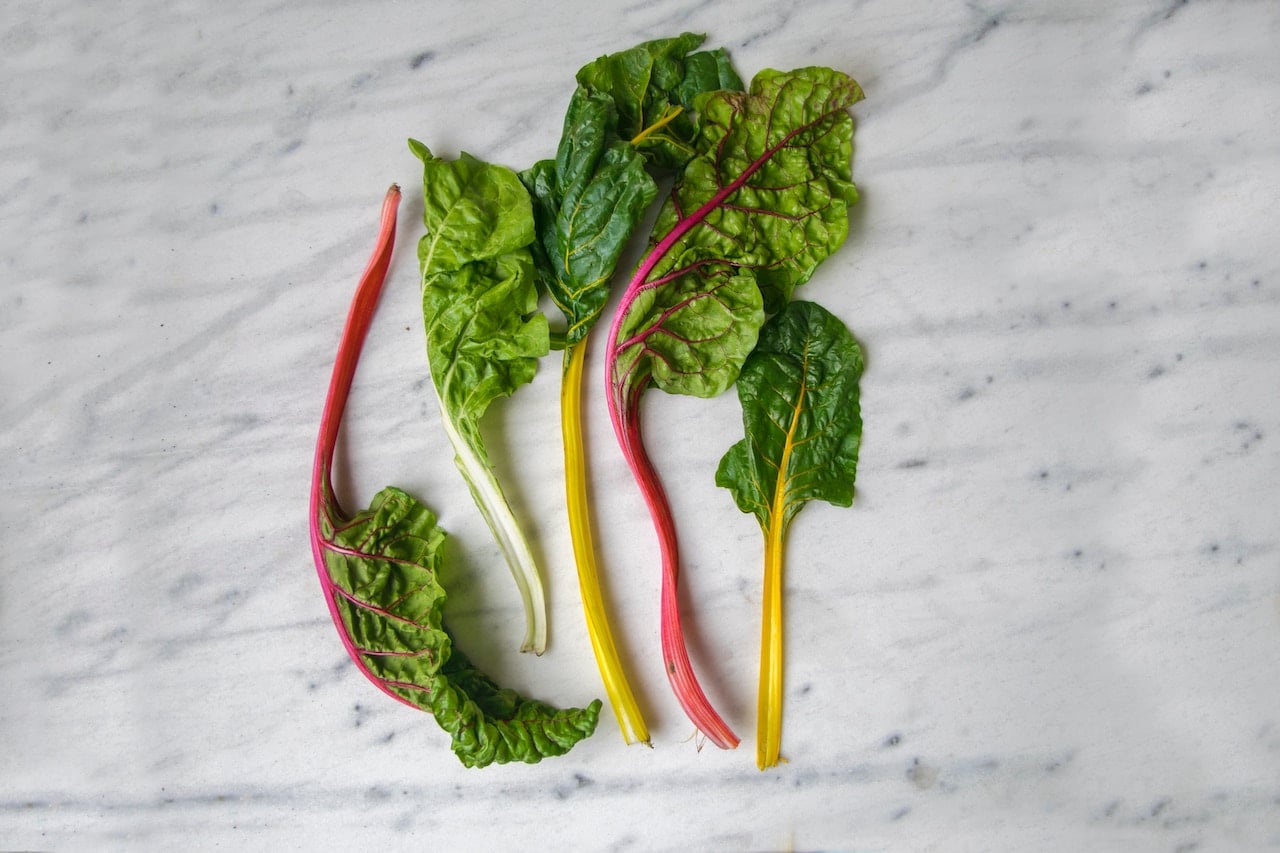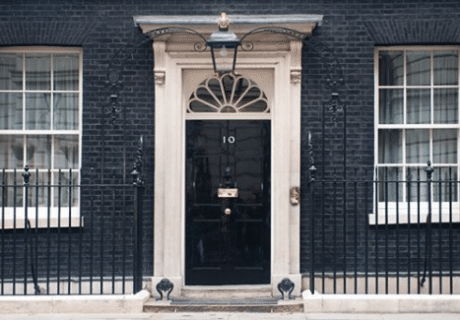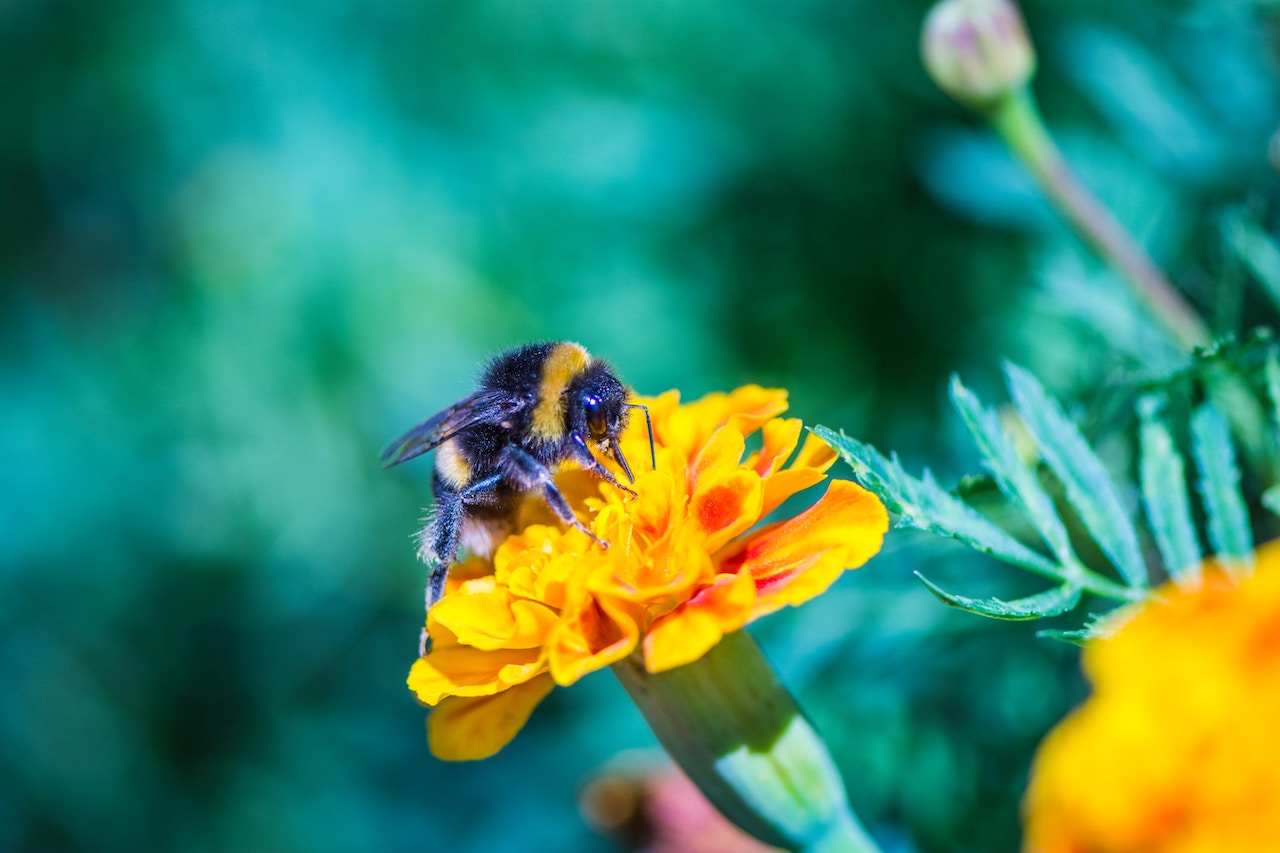At the latest Micronutrients and Health All-Party Parliamentary Group (APPG) meeting held in the House of Commons the issue of improving iron levels in young women was explored, and current evidence examined which shows that over 50% of teenage girls and over 25% of adult women have low iron in-takes.
The statistics further show iron-deficiency anaemia affects 9% of teenage girls and 5% of adult women.
The meeting’s first speaker, Charlotte Stirling-Reed – a consultant nutritionist specializing in maternal, infant and child nutrition – provided an overview of the various forms of iron in food, and outlined their uses in the body, noting not only that age, diet and general health may have a considerable effect, but also that foods can be either enhancers or inhibitors of iron absorption.
Iron requirements in adolescent girls, Stirling-Reed stressed, are driven largely by pubertal blood growth and increased blood volume, haemoglobin and lean tissue synthesis, in addition to blood loss through menstruation. Also noted in her address was that the significant rise in vegan and vegetarian diets ‘presents an increased risk of iron deficiency’. Healthcare professionals, she said, should be ‘alert and educated’ on the issue.
Avoiding iron deficiency in the first place should be the aim
Dr Sebastian Farnaud, associate professor of biomedical sciences at Coventry University, centred his own address around the fact that while iron is difficult to absorb, it can be recycled in the body. Posing the question of whether a more effective strategy would target the cause or the effect of iron deficiency, Farnaud pointed out that ‘identifying the cause of iron deficiency will dictate the therapeutic approach’. Encapsulation, he stated, could improve ‘uptake efficiency’ and reduce any gastrointestinal side effects from unabsorbed iron, while IV transfusions are no ‘quick fix’ and present their own health risks.
Offering a summary, Marcus Jones, chair, concluded: “There is little doubt that the overall iron status of young women in general is not particularly encouraging. Avoiding iron deficiency in the first place should be the aim.”
Jones emphasized the need for more comprehensive nutritional education in schools, to raise awareness around the best sources of dietary iron, and further suggested that more could be done to raise awareness among health professionals, particularly in light of the popularity of meat-free diets. The APPG’s Secretariat, managed by the Health Food Manufacturers’ Association, was asked to pursue this.





